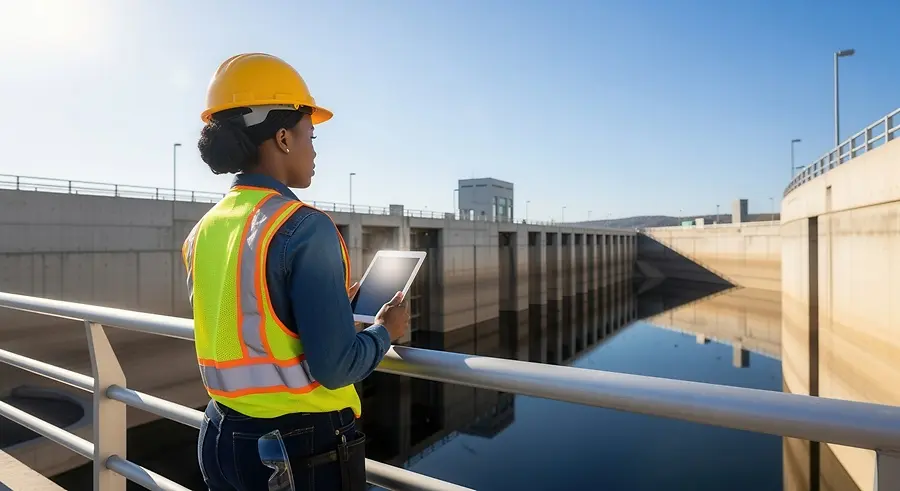From Gaps to Growth: Strategies for Career Success in Challenging Work Environments
Turning Challenges into Opportunities: Building a Rewarding Career inside an Established Organization Structural

Entering an organization without clear supervisory guidelines—and with no defined responsibilities for a role that overlooked gender and cultural differences—presented distinct challenges. Although I possessed the knowledge and skills outlined in the job description, my lived experience differed from that of previous civil engineers. As the first African American woman civil engineer assigned to the wastewater treatment plant, I quickly found that established standards did not account for variations related to gender or culture.
Some may question how factors such as culture, ethnicity, or gender influence supervision and standards. After all, others in similar roles had performed without issue. In theory, adherence to established standards should eliminate ambiguity. In practice, those standards failed to consider gender-specific protective equipment, appropriate scheduling, uniform requirements, safety protocols, and accessibility concerns. When I raised these issues, they were dismissed as “never having been a problem before.” There were also no clear organizational procedures to address them. I chose not to respond defensively—partly because I was unfamiliar with internal policies and unsure who, beyond my supervisor, I could approach.
Faced with this impasse, I relied on my engineering mindset: identify the problem, understand the variables, design a solution. I researched organizational hiring practices, reviewed safety and training materials, and cross-referenced everything with the Memorandum of Understanding (MOU) set by the union. This process helped me pinpoint gaps and develop a structured action plan to guide productive dialogue with management.
The key concerns identified included:
- Inadequate workspace
- Lack of gender-appropriate protective equipment
- Ambiguous work assignments
- Absence of targeted safety training for field operations
- Noncompliance with occupational health and employee welfare standards
- Uniform and work attire that prevented safe equipment transport
- (radios, cell phones, pagers, and tools)
I organized these issues into a detailed proposal outlining:
- The problem
- Potential consequences
- Relevant organizational or regulatory requirements
- Recommendations for resolution
This action plan became the foundation for a formal discussion. Guided by the requirements of the MOU, I requested a meeting, developed an agenda with my supervisor, and assigned responsibility for each topic. Asking my supervisor to lead the meeting ensured alignment, while reserving an agenda item for me allowed a focused explanation of how each issue impacted my ability to complete assignments safely, effectively, and within deadlines.
The meeting was successful. Each issue was acknowledged and subsequently incorporated as standard requirements for civil engineers working in wastewater treatment plants and other process facilities. Moreover, the organization adopted gap analysis as an ongoing method to identify performance deficiencies between current practices and desired outcomes. Once gaps were documented, leadership created action plans assigning responsibilities, timelines, and metrics to drive closure. This structured approach improved performance, promoted continuous improvement, supported goal attainment, and strengthened accountability. The organization later developed a training program on this methodology—one that remains in use today.
Organizations often overlook cultural and gender differences not out of malice, but because employees may not raise concerns, and no formal framework exists to address them. Recognizing that these gaps could hinder my effectiveness, I took initiative—not to oppose leadership, but to collaborate toward solutions that aligned both with my professional goals and the organization’s vision. By presenting practical recommendations grounded in policy and engineering problem-solving, I helped foster a more inclusive work environment.
That experience did more than remove obstacles—it paved the way for sustained career growth. Through advocacy, preparation, and strategic communication, I built a rewarding career as an African American woman in civil engineering within the water and wastewater sector.


